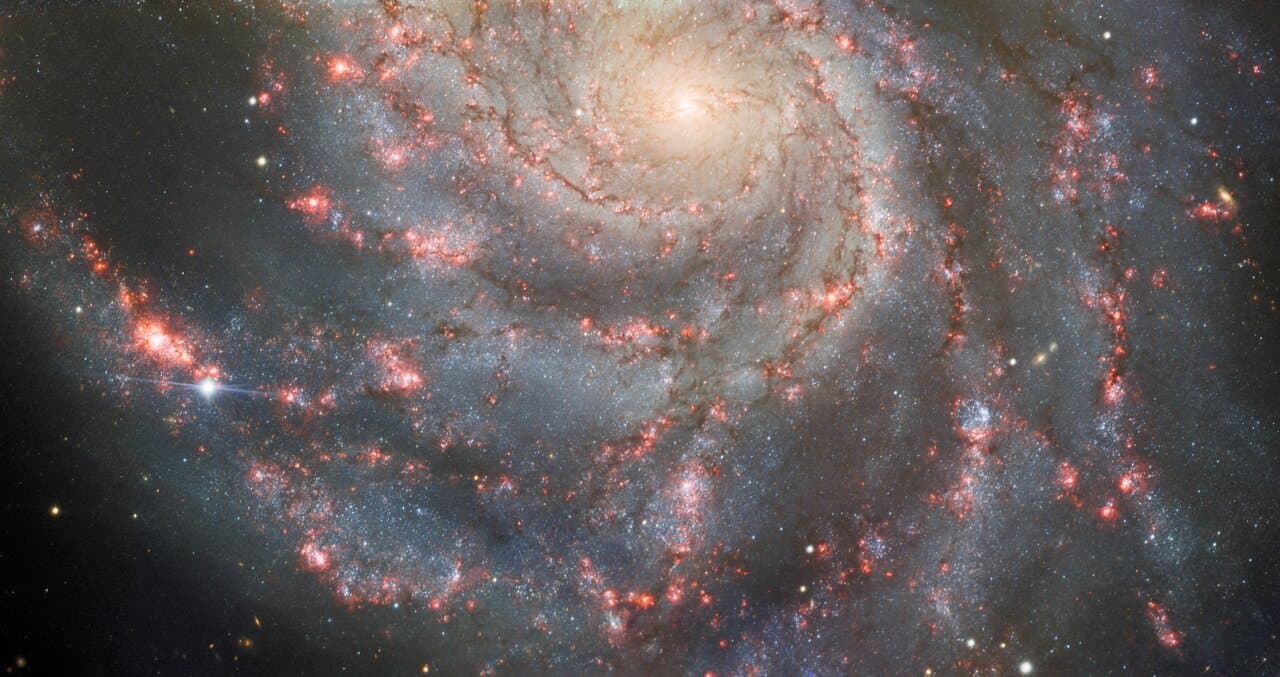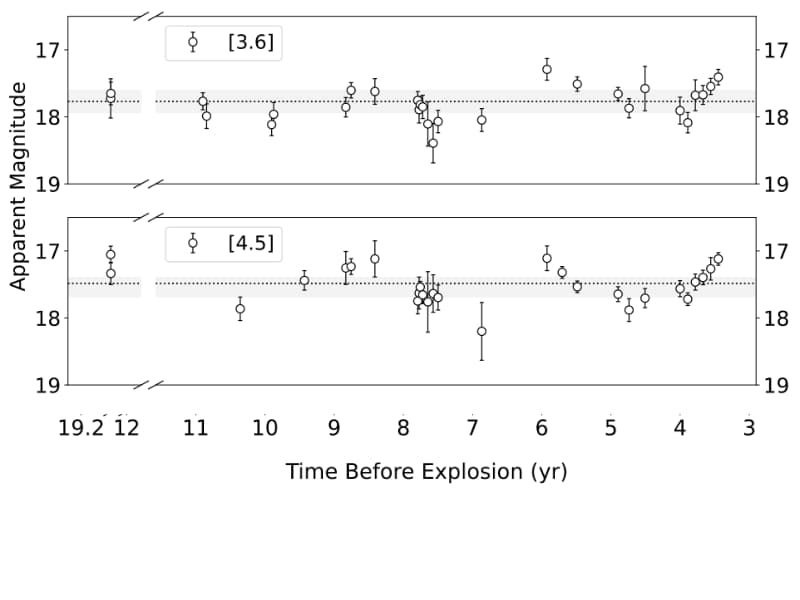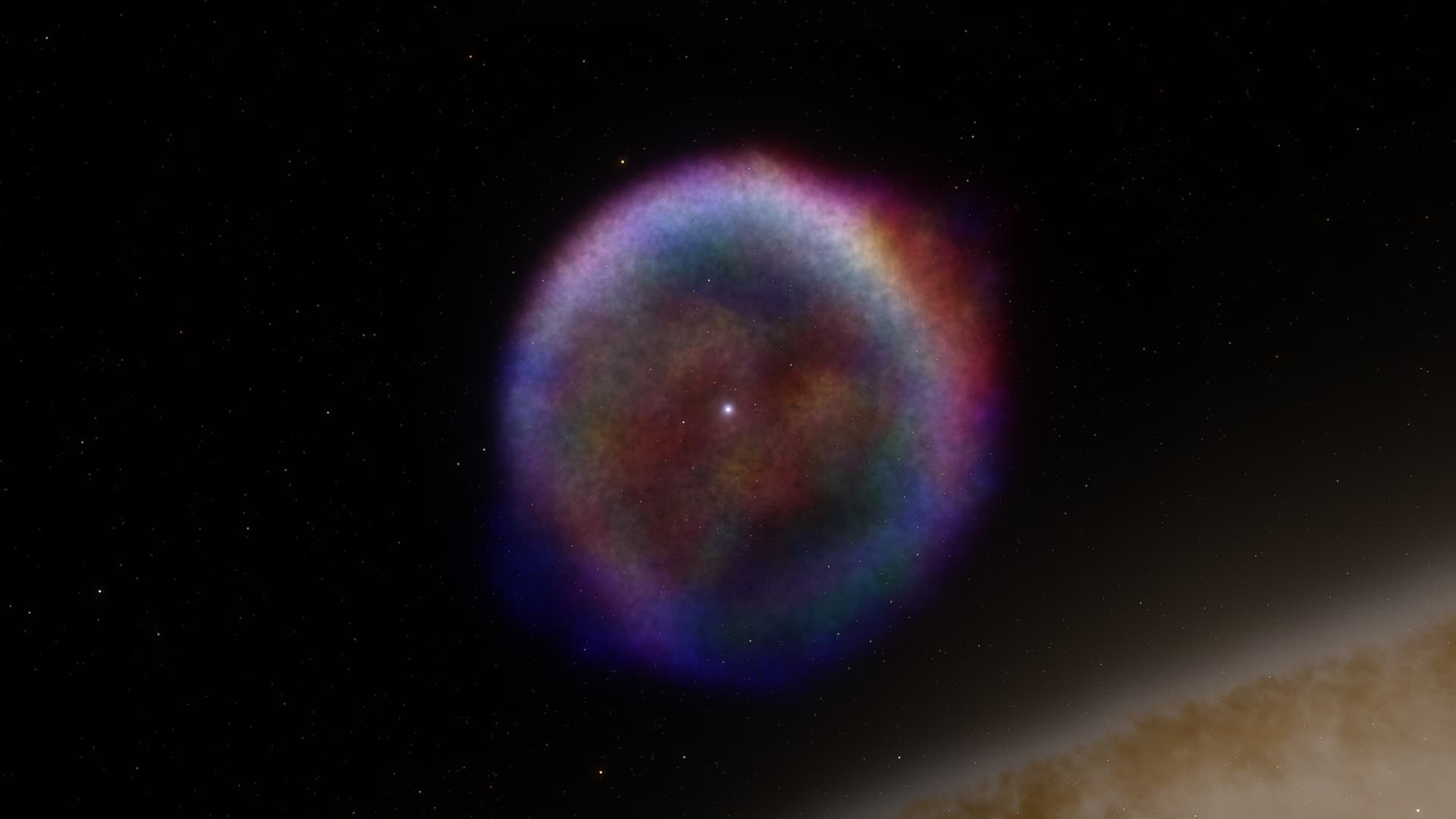Supernovae widely considered one of the most violent spectacles the Universe has to offer, a solemn reminder of the sanctity of life. Large stars, with masses on incomprehensible scales, collapse inwards on themselves, reaching a point of criticality dictating the formation of two of the most extreme objects in the Universe - the list goes on and on…
If you’ve been following the news lately, a supernova that’s gone off in our galactic neighbourhood may have reached your front page. SN 2023ixf, the closest supernova to us in over 30 years, has captivated the likes of amateur astrophotographers, high-energy astrophysicists and the astronomically-inclined high school student, like me. It’s a type II supernova - meaning that the collapse of a massive star caused it.

Before we look at the supernova itself, let’s take a closer look at the progenitor star that could’ve led to such a spectacular event. The supernova occurred in the Pinwheel Galaxy - or M101, approximately 21 million light years away. With an estimated initial mass of 17 solar masses, this star draws significant parallels with Betelgeuse, another high-mass star in our vicinity.
It’s expected that a star about to go supernova will experience severe eruptions of mass loss - which is what a study finds to appear in the form of heightened circumstellar extinction. This is when dust, gas or other opaque materials surrounding a target object blocks or heavily redshifts its light relative to us. As a result, preliminary estimates were considered underestimates, large amounts (0.3-1 solar mass) of stellar material having been ejected prior to the supernova.

Note that the graph shows us there is a significant initial brightening in the star initially - there is an increase in one magnitude, meaning the star has brightened nearly 2.5 times. By the time the star’s supernova had been detected, its absolute magnitude - meaning the magnitude it it were 33 light years away, shot up from -10 to -18, a 1500-fold increase in its brightness! Although initially blue, the supernova’s colour gradually reddened as it faded, light rays slowing down as they navigated the thick nebula expelled by the star.
At this current moment in time, it’s unknown if the star had become a neutron star or black hole - it lies on the cusp of both remnants, though further observations are unlikely due to the distances considered. I suppose the Universe retains some secrets…
Looking past its scientific potential, SN 2023ixf has another defining point, being first identified by thje amateur astronomer Koichi Itagaki. As a budding astrophotographer, this is awe inspiring; it is a reminder of the scale of discoveries the dedicated can accomplish. That being said, my DSLR camera isn’t powerful enough to take deep-field photos and I don’t have the necessary motors to allow for high-exposure photography, so I wasn’t able to get a photo of this event.
Can’t wait until Betelgeuse goes supernova! My camera would love those shots.

Like what you see? Feel free to subscribe to our blog to receive updates whenever we post.
Citations
https://ui.adsabs.harvard.edu/abs/2023TNSTR1158…1I/abstract
https://arxiv.org/pdf/2307.03165.pdf